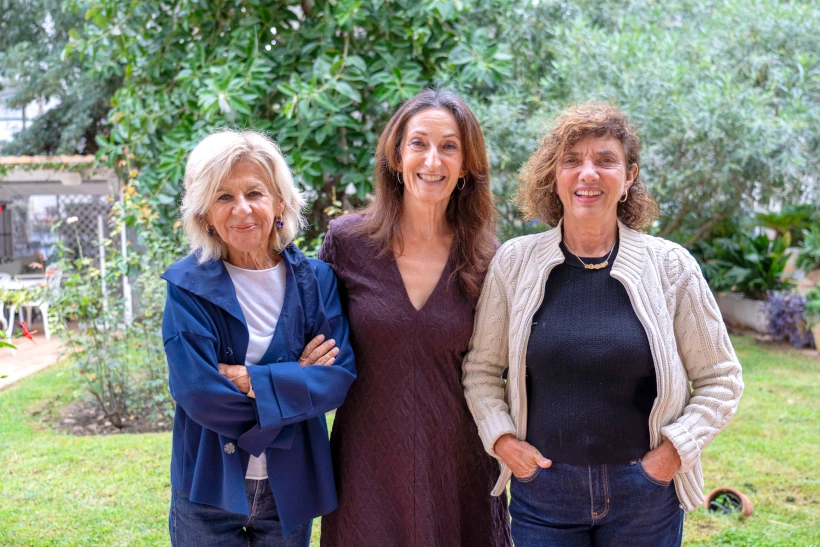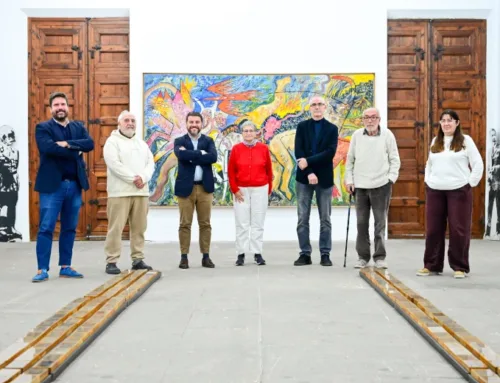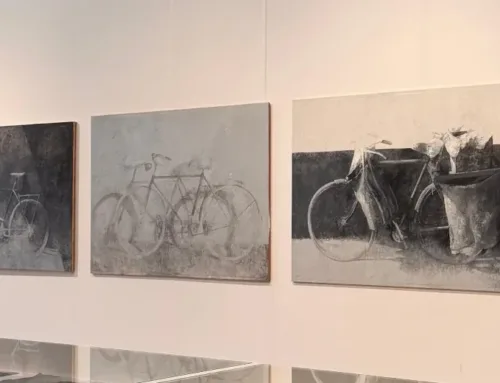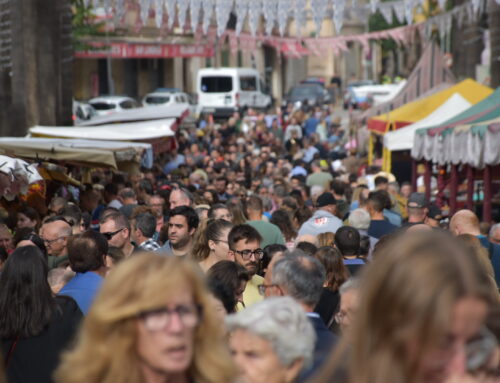Why did you decide to write a book about El Terreno?
Bárbara Galmés/Lucía Garau: There are many books specialized in very specific topics. Our goal is to write a comprehensive work. We aim to provide a broad and transversal perspective, generate debates about the neighborhood, and make sure young people know about it because it has always been a youthful neighborhood with iconic bars and nightclubs like Titos. El Terreno has been very different depending on the era and very unique. Artists, writers, and an international community converged here, unlike anywhere else in Spain.
How would you characterize the neighborhood in a nutshell?
María Vioque/LG: El Terreno was a space of freedom and cosmopolitanism in a very closed-off Mallorca. The research is important because we will uncover stories unknown to most people.
What did you learn during the research that you didn’t know?
BG: A marginal character lived in the neighborhood who was the King of Andorra for nine days. An adventurer named Borís Skósyrev. He was possibly Russian. There are many theories about his nationality. He was a swindler and the boyfriend of an American woman who owned a house in El Terreno. He struggled to convince the Andorrans that Andorra was a monarchy when it had never been. In other words, El Terreno saw all sorts of personalities, such as spies and people with two names. The presence of the English and German communities was also very strong, and in 1932, El Terreno had a headquarters for the National Socialist Party.
What is the difference between the current neighborhood and the one from the past?
LG, BG y MV: The construction of the Passeig Marítim in 1958 was a factor of decline because it separated El Terreno from the sea. There was a small revival in the 1970s with a cultural and nightlife movement. Another aspect of the decline was the construction of tall buildings. There used to be small, family-style houses with gardens and sea access. Everything was different. The conservative sectors used to say that the residents of El Terreno went to Palma in pajamas. They were referring to the women wearing short dresses, clothing that wasn’t accepted. The general criticism was about the sense of freedom the neighborhood exuded. Mallorcan women began to liberate themselves in their way of dressing after circulating through El Terreno.









Leave A Comment